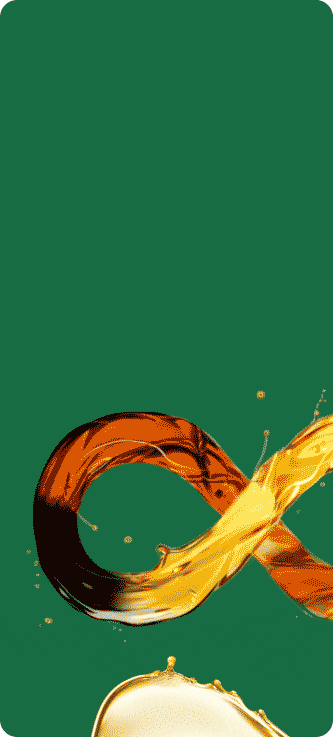









































We are ESG enablers offering customized Clean-tech Solutions
Minimac revolutionizes Sectors Decarbonization with innovative solutions, reducing emissions and driving sustainable practices
Know MoreOur tailor-made products & personalized solutions are designed to meet clients unique requirements ensuring utmost customer satisfaction
Know MoreWe bring together a diverse range of expertise, offering exceptional guidance from trusted advisors for unparalleled support & success
Know MoreOur cutting edge capability to drive technological advancement in the field of lubrication reliability ensures a competitive advantage
Know MoreYears Experience
Projects Completed
Community Members
Our contribution in building a Circular Economy by Reforming, Reducing & Reusing Used Oil in the Industry.
Sector Decarbonization
















